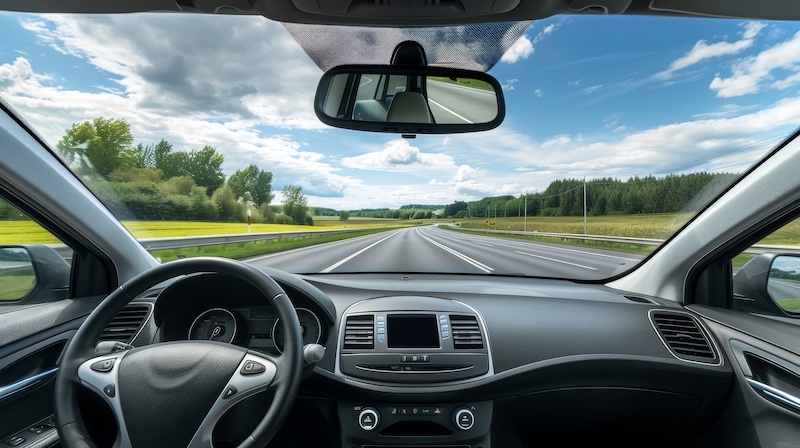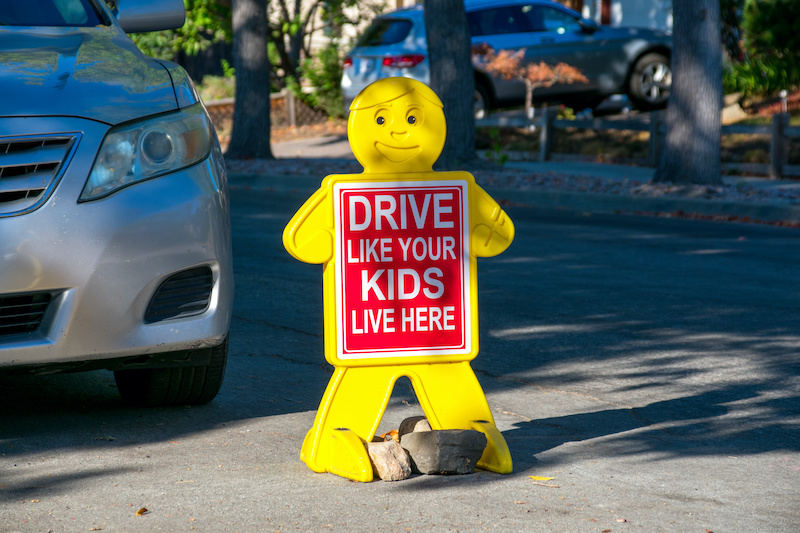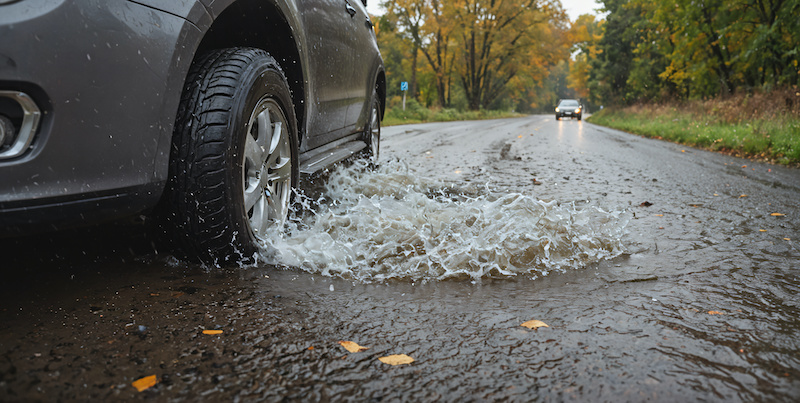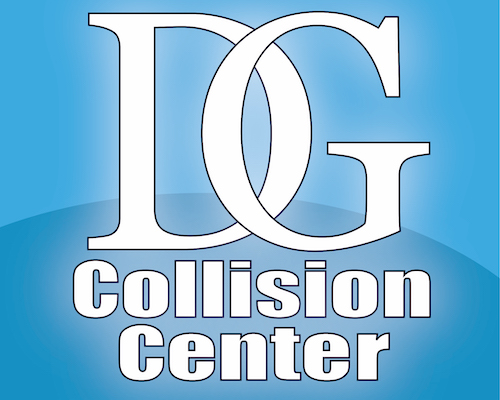 Suburban neighborhoods present a distinct driving environment that requires focused attention and strategic maneuvering. While city streets and highways demand their own set of skills, the winding roads, lower speed limits, and increased pedestrian traffic in residential areas necessitate a tailored approach. In this guide, we explore practical tips and strategies to ensure a safe and enjoyable #driving experience in the suburbs.
Suburban neighborhoods present a distinct driving environment that requires focused attention and strategic maneuvering. While city streets and highways demand their own set of skills, the winding roads, lower speed limits, and increased pedestrian traffic in residential areas necessitate a tailored approach. In this guide, we explore practical tips and strategies to ensure a safe and enjoyable #driving experience in the suburbs.
Plan Your Suburban Driving Route Meticulously
Before embarking on your suburban journey, take the time to meticulously plan your route. Consult online maps, GPS navigation systems, or good old-fashioned paper maps to identify the most efficient and traffic-free paths. This proactive measure not only saves you time but also minimizes potential frustrations caused by congestion or unexpected detours.
Adapt to Varying Speed Covina Suburb Limits
 One of the hallmarks of suburban driving is the fluctuation in speed limits. Residential areas often have lower speed restrictions, designed to protect pedestrians and maintain a tranquil environment. Remain vigilant for posted speed limit signs and adjust your velocity accordingly. Not only does this practice enhance safety, but it also helps you avoid costly traffic citations.
One of the hallmarks of suburban driving is the fluctuation in speed limits. Residential areas often have lower speed restrictions, designed to protect pedestrians and maintain a tranquil environment. Remain vigilant for posted speed limit signs and adjust your velocity accordingly. Not only does this practice enhance safety, but it also helps you avoid costly traffic citations.
Prioritize Pedestrian and Cyclist Safety
Suburban neighborhoods are havens for pedestrians and cyclists, particularly during peak hours when children are commuting to and from school or engaging in outdoor activities. Heighten your awareness and actively scan for these vulnerable road users, especially near crosswalks, intersections, and playgrounds. Yielding the right-of-way and exercising patience can prevent tragic accidents and foster a harmonious community.
Embrace Defensive
Suburban Driving Techniques
Suburban roads often feature twists, turns, and blind spots that can obscure potential hazards. Adopting a defensive driving mindset is crucial in these environments. Maintain a safe following distance, anticipate the actions of other drivers, and remain vigilant for unexpected obstacles or wildlife crossings. By proactively identifying and mitigating risks, you can navigate suburban roads with confidence and peace of mind.
Respect School Zones in Suburban Driving
School zones are prevalent in suburban areas, and their enforcement is paramount for the safety of children. When approaching these designated zones, be prepared to significantly reduce your speed and exercise heightened caution. Obey all signage, watch for crossing guards, and remain alert for darting children or stopped school buses. A momentary lapse in attention could have severe consequences.
Stay Focused and Avoid Suburban Driving Distractions
 Distracted #driving is a leading cause of accidents, and the winding nature of suburban roads amplifies this risk. Eliminate potential distractions by silencing your mobile devices, avoiding multitasking, and maintaining a clear focus on the road ahead. If you need to attend to a task, find a safe place to pull over and address it before continuing your journey.
Distracted #driving is a leading cause of accidents, and the winding nature of suburban roads amplifies this risk. Eliminate potential distractions by silencing your mobile devices, avoiding multitasking, and maintaining a clear focus on the road ahead. If you need to attend to a task, find a safe place to pull over and address it before continuing your journey.
Maintain Proper Vehicle Maintenance
Suburban driving often involves frequent starts and stops, which can place additional strain on your vehicle’s components, particularly the brakes. Regular maintenance, including brake inspections and replacements, can prevent mechanical failures and ensure your car’s optimal performance on suburban roads.
Exercise Patience and Courtesy
Suburban areas are often populated by new or inexperienced drivers who may exhibit hesitant or unpredictable behaviors. Rather than reacting with frustration or aggression, exercise patience and courtesy. Allow ample space, avoid tailgating, and refrain from honking unnecessarily, as these actions can startle or intimidate less-experienced drivers, potentially leading to dangerous situations.
Familiarize Yourself Before Suburban Driving in Unfamiliar Neighborhoods
If you find yourself navigating an unfamiliar suburban area, consider utilizing a GPS navigation system or mapping application. These tools can provide real-time guidance, alerting you to upcoming turns, potential traffic delays, and other relevant information, minimizing the risk of becoming disoriented or lost.
Stay Alert for Changing Road Conditions
 Suburban roads can be subject to varying conditions, such as inclement weather, construction zones, or unexpected obstacles. Remain vigilant and adjust your driving style accordingly. Slow down during adverse weather, exercise caution in work zones, and be prepared to take evasive action if necessary.
Suburban roads can be subject to varying conditions, such as inclement weather, construction zones, or unexpected obstacles. Remain vigilant and adjust your driving style accordingly. Slow down during adverse weather, exercise caution in work zones, and be prepared to take evasive action if necessary.
Respect Residential Parking Restrictions
Many suburban neighborhoods implement parking restrictions to maintain order and accessibility. Before leaving your vehicle, carefully review any posted signage or markings to ensure you are not violating local ordinances. Failure to comply could result in fines or even the impoundment of your vehicle.
Foster a Sense of Community
Suburban driving is not just about navigating roads; it’s also about being a responsible member of the community. Obey traffic laws, yield to pedestrians and cyclists, and maintain a courteous demeanor. By demonstrating respect and consideration for others, you contribute to a safer and more harmonious environment for all.
Mastering the art of safe driving in suburban neighborhoods requires a combination of vigilance, adaptability, and respect for the unique challenges these residential areas present. By implementing the strategies outlined in this comprehensive guide, you can confidently navigate the winding roads, navigate around pedestrians and cyclists, and foster a sense of community while ensuring your own safety and that of others. Embrace the suburban driving experience with a mindful and proactive approach and enjoy the journey ahead.
About DG Collision Center, an Auto Body Shop in Covina, California
We would love to help restore your vehicle following a car accident or comprehensive damage. DG Collision Center in Covina, California is your one-stop-shop in Covina for auto body repair after car accidents. Our highly trained team includes specialized technicians. We work directly with all insurance companies. This enables our customers to file a claim without even needing to be present.




